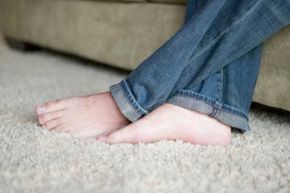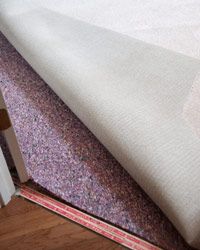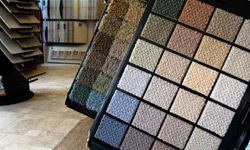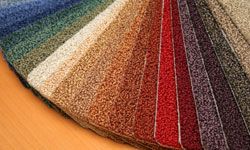Key Takeaways
- To choose the right carpet, consider padding for support and comfort, select a style that suits your lifestyle and maintenance capacity and stick to your budget while weighing the cost against durability and maintenance needs.
- From plush and Saxony for low-traffic areas to Berber and textured carpets for high-traffic zones, understanding the types of carpets and their suitability for different areas of your home is crucial.
- Selecting the right color or pattern can enhance the room's aesthetics, and considering environmental options like recycled materials can contribute to a healthier home environment.
Nothing compares to the soft, luxurious feeling of carpet under your feet. Carpeting provides a safe, comfortable spot for kids to play and may even reduce the risk of injury during a fall [source: Carpet and Rug Institute]. Sure, carpet requires a bit of extra maintenance compared to vinyl or tile, but there's simply no substitute in terms of sound absorption, warmth and overall comfort.
With so many different colors, materials and designs available, it can be difficult to choose the best carpet for your home. Some materials may require frequent cleanings that simply won't fit into your busy schedule, others come with a high price tag and some may even have an effect on your health. The wrong carpet may wear out quickly, fade or show stains that stubbornly resist your best cleaning efforts. Protect your investment and choose the best carpeting for your home with these 10 carpet-buying tips.
Advertisement





